In the vast, open landscapes where shepherds tend their flocks, an extraordinary partnership has evolved over centuries—one that transcends the traditional boundaries between humans and wild animals. This remarkable alliance pairs shepherds with birds of prey, creating a mutually beneficial relationship that serves both the needs of pastoral communities and these magnificent aerial hunters. From the highlands of Mongolia to the rolling hills of Europe, shepherds and raptors have developed a complex interdependence that showcases nature’s capacity for unexpected cooperation. This alliance demonstrates how human innovation and respect for wildlife can create sustainable partnerships that have stood the test of time and continue to adapt to modern challenges.
The Ancient Origins of Shepherd-Raptor Relationships
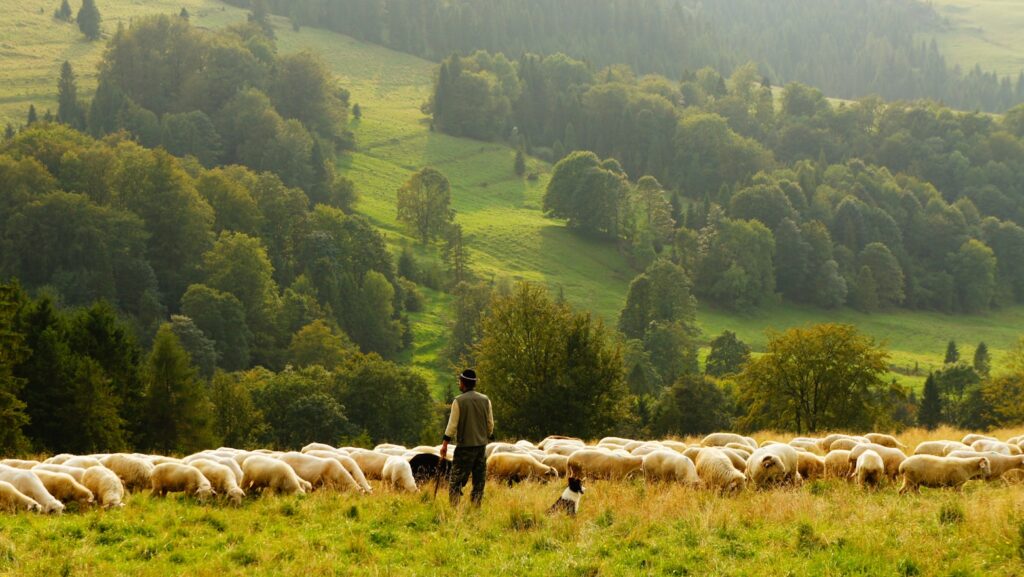
The connection between shepherds and wild birds of prey dates back thousands of years, possibly emerging independently across multiple pastoral cultures. Archaeological evidence suggests that as early as 6,000 BCE, nomadic herding communities observed how certain birds of prey would follow their movements across landscapes. These early shepherds likely noticed that hawks, eagles, and falcons would patrol the areas surrounding their grazing flocks, naturally deterring smaller predators that might threaten young livestock. Over generations, shepherds began to consciously encourage these wild birds to remain near their herds, sometimes leaving out scraps of meat or animal parts as offerings. This subtle form of cooperation eventually evolved into more deliberate relationships, creating one of humanity’s oldest examples of mutualistic arrangements with wild predators.
The Ecological Benefits of the Partnership
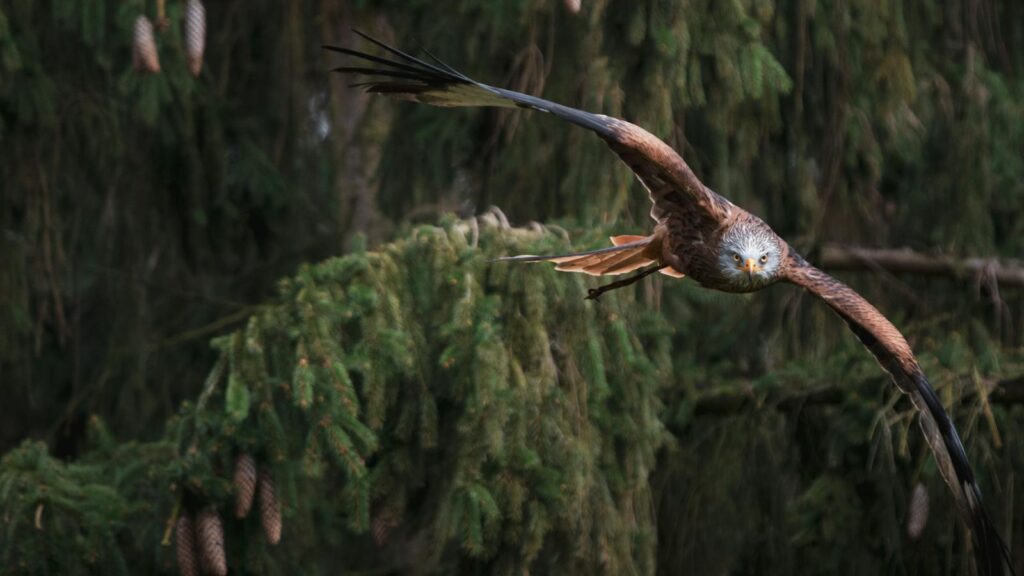
The shepherd-raptor relationship creates a fascinating ecological balance that benefits the entire ecosystem where they operate. When raptors patrol the grazing lands, they naturally control populations of rodents and small mammals that might otherwise damage the vegetation needed for sheep and goats. Research has shown that areas with active shepherd-raptor partnerships often have healthier grassland ecosystems with greater plant diversity than comparable regions without this relationship. The raptors’ hunting activities prevent single species from dominating the small mammal community, which maintains biodiversity throughout the food web. Additionally, the presence of shepherds prevents overgrazing in any one area, creating a mosaic of habitat types that supports the prey base needed by the raptors, completing a virtuous ecological cycle.
The Golden Eagle Shepherds of Mongolia
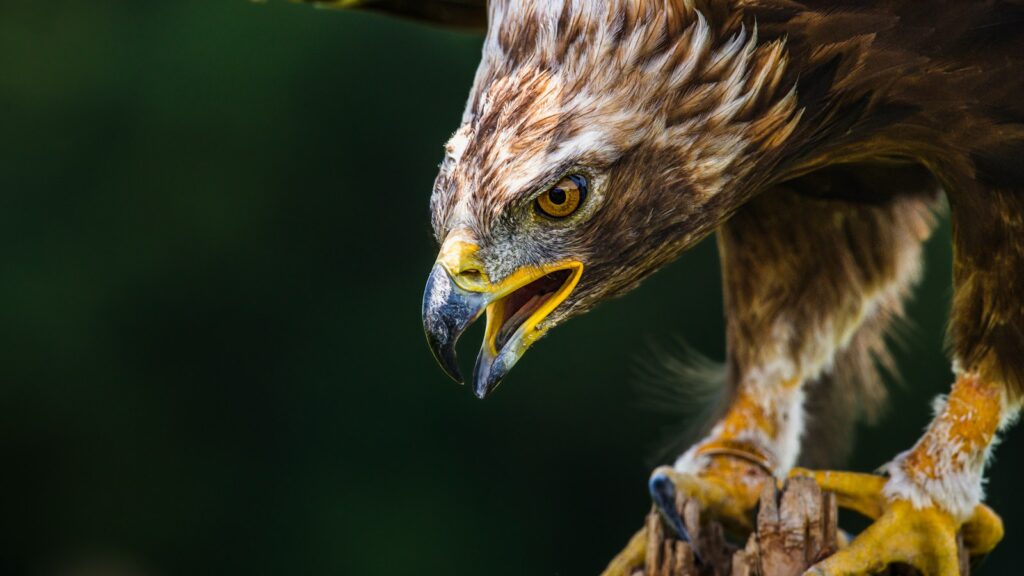
Perhaps the most dramatic example of the shepherd-raptor bond exists in the Altai Mountains region where Mongolia, Kazakhstan, Russia, and China converge. Here, nomadic herders have developed relationships with golden eagles that go beyond mere coexistence to become true partnerships. Unlike falconry, where birds are captured and trained for hunting, these relationships often begin with eagles voluntarily associating with specific herding families over generations. The nomadic shepherds recognize individual eagles by their flight patterns and markings, often giving them names and speaking of them as distant family members. During winter months when food becomes scarce, shepherds will occasionally leave out portions of a hunt specifically for “their” eagles, strengthening the bond through seasons of hardship. Some families report multi-generational relationships where specific eagle lineages have followed their human partners for decades.
Mediterranean Shepherds and Black Kites
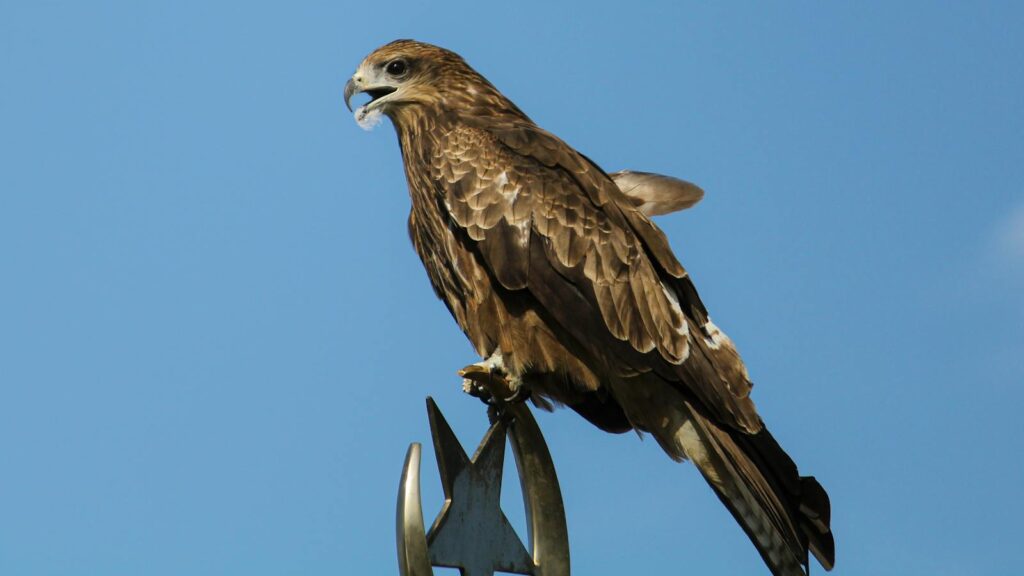
Across parts of Spain, Italy, and Greece, shepherds have cultivated special relationships with black kites (Milvus migrans), medium-sized raptors known for their adaptability and intelligence. These birds naturally follow sheep and goat herds as they move through Mediterranean landscapes, feeding on insects, small mammals, and reptiles disturbed by the livestock’s movement. Observant shepherds noticed that kites would give distinctive alarm calls when predators like foxes or feral dogs approached the flock, essentially serving as aerial sentinels. Over time, shepherds began to deliberately attract kites by leaving out afterbirth following lambing season or small scraps from butchered animals. This relationship became so established that in some regions, the presence of circling kites is considered a sign of a well-managed flock, with some shepherds claiming they can distinguish between different kites’ alarm calls to identify specific threats.
The Highland Shepherds and Red Kites of Wales
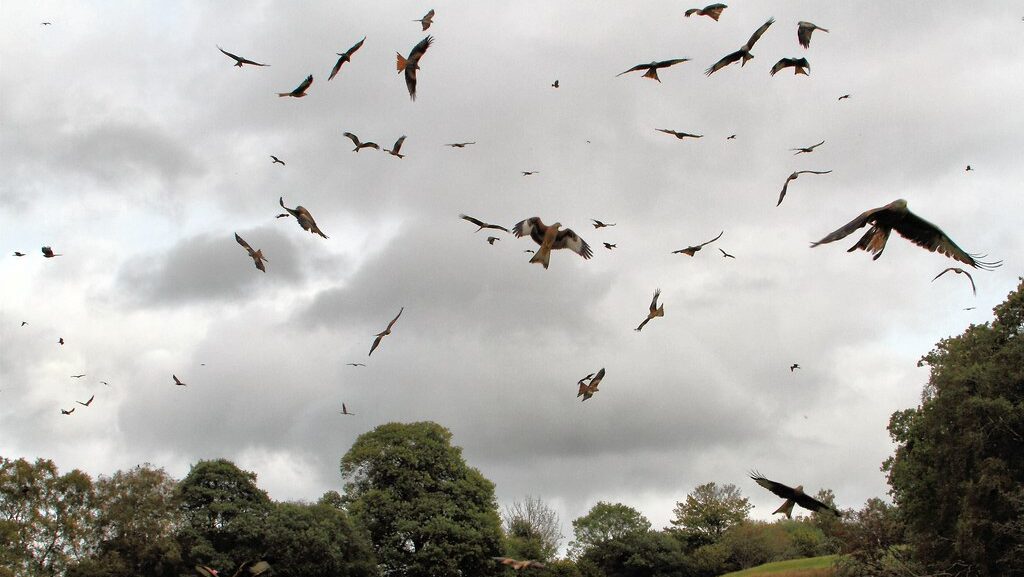
In the rugged highlands of Wales, a particularly fascinating relationship developed between shepherds and red kites (Milvus milvus), a once-endangered raptor species native to Europe. Welsh shepherds historically relied on these distinctive fork-tailed birds to locate lost lambs during the spring birthing season. The kites, naturally drawn to afterbirth and stillborn lambs, would circle over these locations, inadvertently alerting shepherds to where intervention might be needed to save vulnerable newborns. This relationship became so ingrained in Welsh pastoral culture that when red kite populations plummeted in the 19th and 20th centuries due to persecution and habitat loss, local shepherds were among the most vocal advocates for their protection. Today, following successful conservation efforts, Welsh shepherds report that this traditional relationship is being rekindled, with new generations of both shepherds and kites relearning this ancient partnership.
Communication Between Species
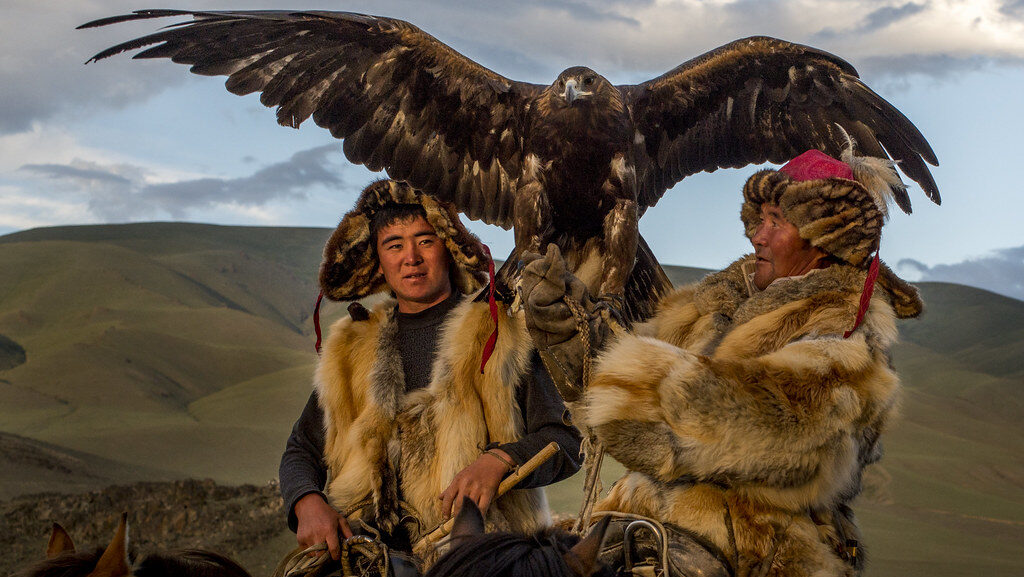
One of the most intriguing aspects of the shepherd-raptor relationship is the development of cross-species communication systems that have evolved over generations. Experienced shepherds claim they can interpret different flight patterns and calls from “their” raptors to understand what’s happening beyond their line of sight. Scientific studies have begun to document this phenomenon, recording how raptors use distinct vocalizations when predators approach compared to when they’re simply hunting. Similarly, the birds appear to recognize specific whistles or calls from individual shepherds, sometimes responding by circling closer or investigating areas the shepherd indicates. This communication isn’t based on training but rather on mutual observation and adaptation over time, representing a rare example of wild animals and humans developing shared communication systems without domestication or captivity.
The Role of Raptors in Predator Management
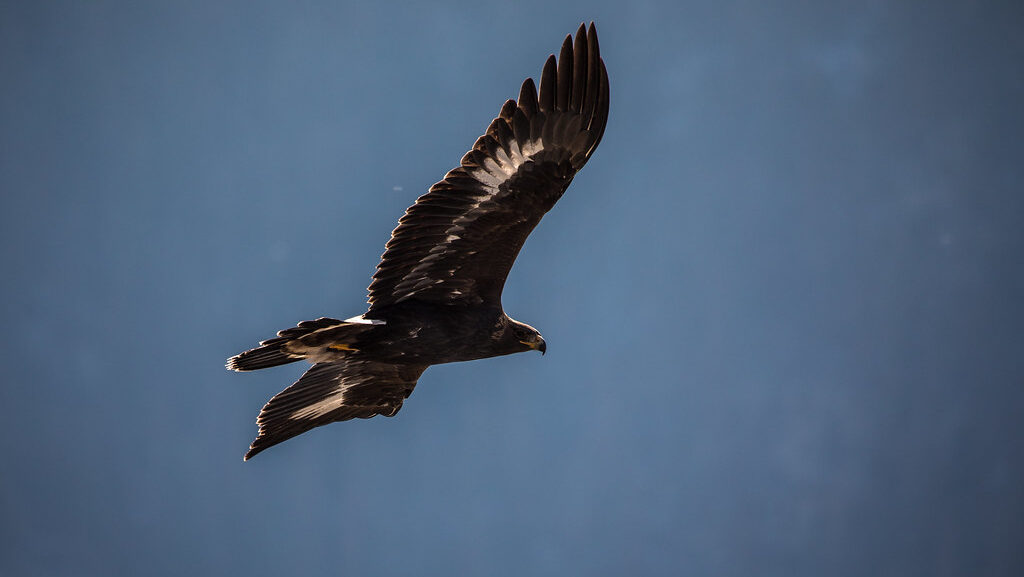
While larger predators like wolves or bears pose significant threats to livestock that raptors cannot address directly, the birds play a crucial role in a holistic predator management strategy. Eagles, hawks, and falcons create what ecologists call a “landscape of fear” that deters smaller predators such as foxes and wildcats from operating openly around flocks. Research conducted in the Pyrenees Mountains demonstrated that areas with active raptor populations experienced up to 37% fewer attacks on lambs by medium-sized predators compared to similar landscapes where raptors were absent. The aerial hunters also serve as early warning systems, with their behavior alerting shepherds to the presence of larger threats before they can reach the vulnerable herd. This natural security system allows shepherds to use fewer lethal control methods against predators, creating more sustainable and ecologically sound herding practices.
Modern Challenges to the Ancient Partnership
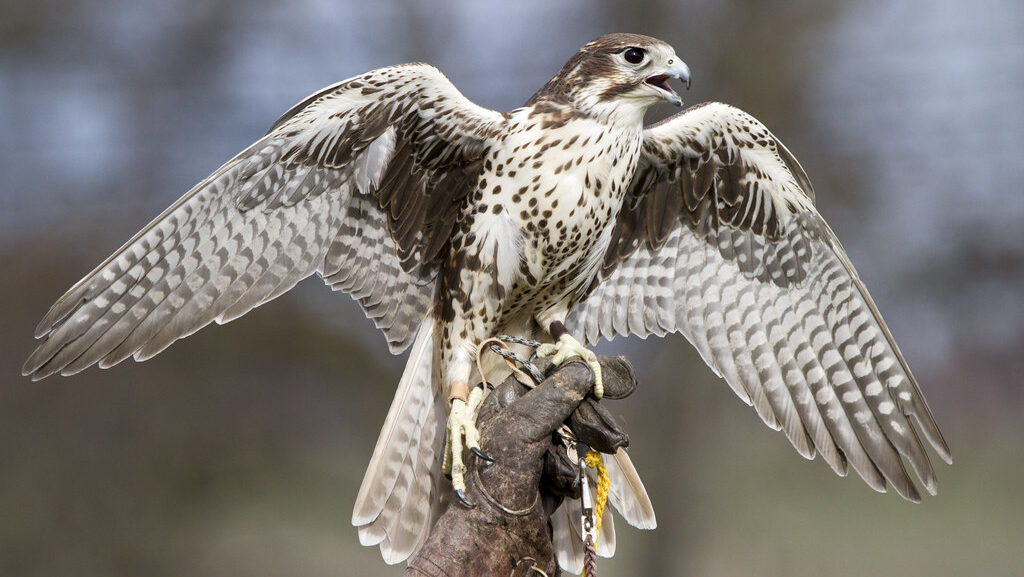
Despite its resilience over millennia, the shepherd-raptor relationship faces unprecedented threats in the modern era. Industrial agriculture has replaced traditional herding in many regions, eliminating the human presence necessary to maintain these relationships. Habitat fragmentation has disrupted the vast, connected landscapes where both shepherds and raptors once roamed freely. Climate change has altered the timing of migrations and breeding seasons for many raptor species, creating misalignment with traditional pastoral calendars. Perhaps most concerning is the global decline in raptor populations due to persecution, poisoning from agricultural chemicals, and electrocution on power lines. Conservation efforts must now consider not just the birds themselves but the cultural and ecological relationships they’ve formed with human communities over thousands of years.
Conservation Through Cooperation
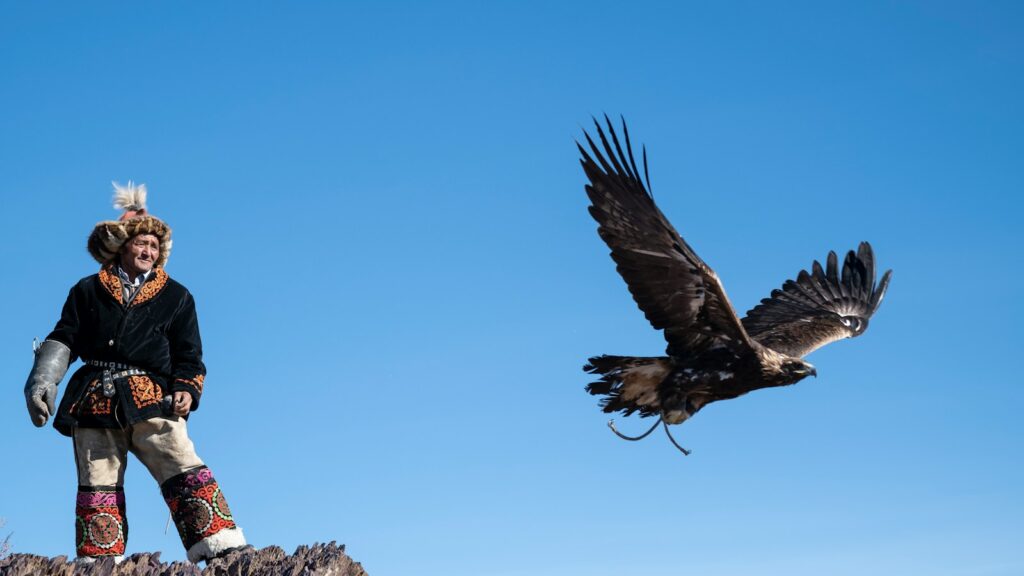
The ancient bond between shepherds and raptors offers innovative models for modern conservation approaches. Several European countries have implemented programs that compensate shepherds for maintaining traditional practices that benefit raptor populations, recognizing the valuable ecosystem services these relationships provide. In Mongolia, community-based conservation initiatives center on nomadic herders as guardians of golden eagle habitat, acknowledging their generations of ecological knowledge. Researchers are increasingly documenting the traditional ecological knowledge held by shepherding communities, creating valuable repositories of information about raptor behavior, migration patterns, and hunting strategies. These collaborative approaches demonstrate how conservation can succeed when it respects and incorporates human cultural practices rather than attempting to separate wildlife from human activity.
Scientific Studies Validating Traditional Knowledge
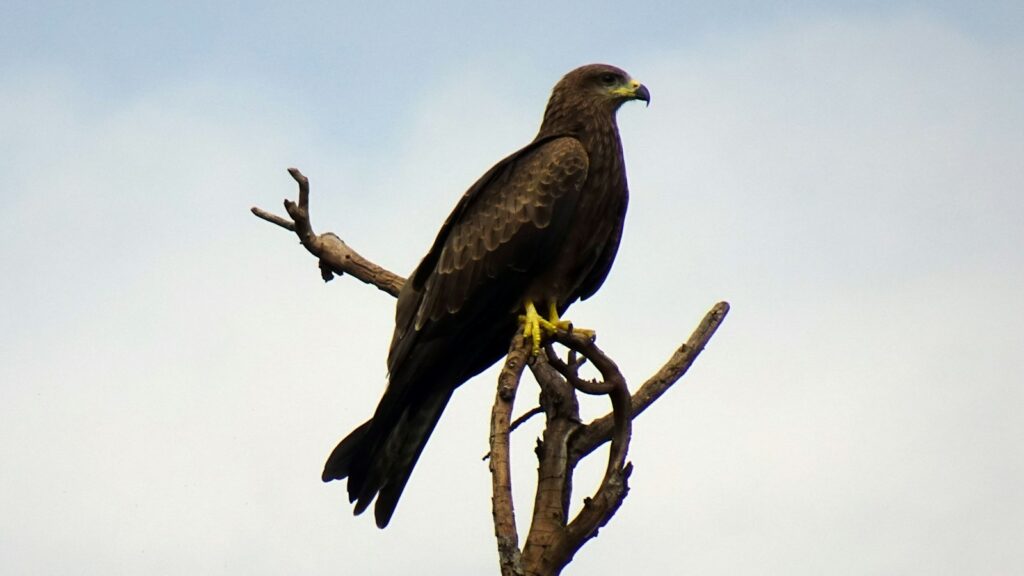
Recent scientific research has begun to validate what shepherds have known through observation for centuries. A 2018 study published in the Journal of Applied Ecology used GPS tracking to monitor the movements of golden eagles in relation to nomadic herding camps in Mongolia, confirming that certain eagle individuals consistently followed specific family groups across seasonal migrations. Ornithologists studying black kites in Spain used acoustic analysis to verify shepherds’ claims that the birds use different alarm calls for various threats, discovering distinct vocalization patterns that corresponded precisely with the traditional knowledge. Research in the Italian Alps demonstrated that areas where traditional shepherding practices continue show significantly higher raptor diversity than similar ecological zones where modern agricultural methods have replaced pastoral traditions. These studies bridge the gap between traditional ecological knowledge and contemporary science, creating more comprehensive understanding of these complex relationships.
Cultural Significance and Folklore
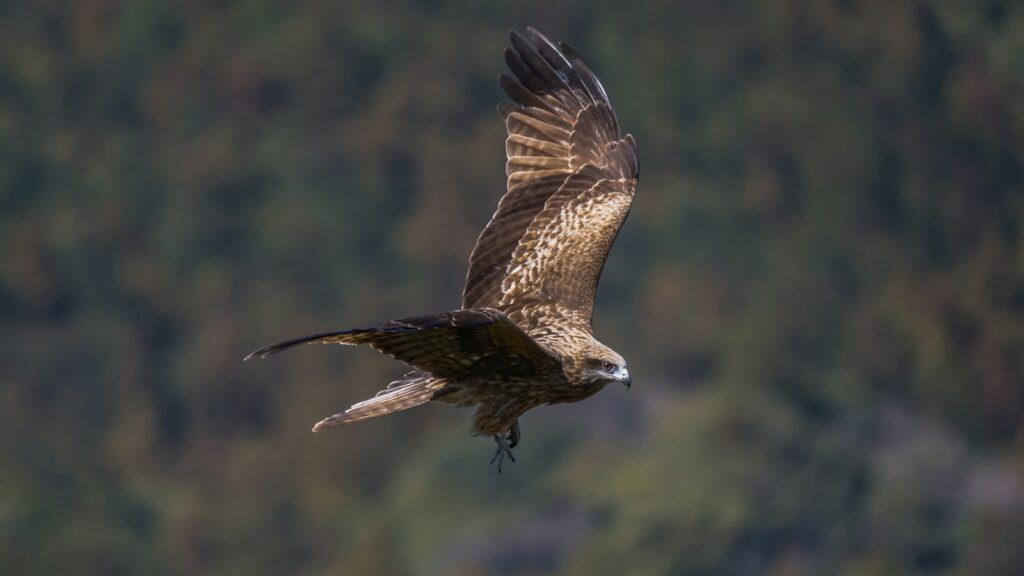
The shepherd-raptor relationship has deeply influenced the cultural identities of many pastoral societies, embedding itself in folklore, art, and spiritual beliefs. In Welsh mythology, red kites were believed to be messengers between the living and the dead, their association with shepherds giving these birds a special place in rural spiritual practices. Mongolian eagle folklore includes stories of specific birds that saved herding families during blizzards by leading them to shelter or warning of approaching dangers. Traditional songs from the Mediterranean basin contain numerous references to kites as protectors of flocks and omens of good fortune for shepherds. These cultural expressions reflect the profound impact these relationships have had on human communities, elevating certain raptor species from mere wild animals to culturally significant partners deserving of respect and protection.
Teaching the Next Generation
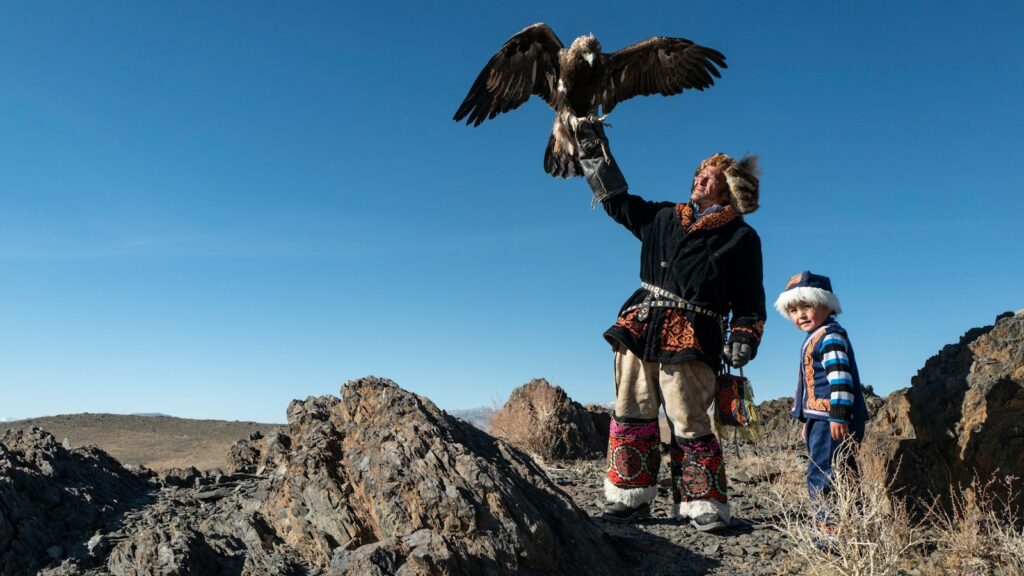
The continuation of the shepherd-raptor relationship depends crucially on knowledge transmission between human generations. In regions where these partnerships remain strong, specific educational practices ensure young shepherds learn to recognize, attract, and communicate with local raptor species. Young Mongolian herders spend years accompanying experienced elders, being taught to distinguish individual eagles by their flight patterns and markings. In parts of Spain and Greece, formal apprenticeship systems for young shepherds include specific instruction on creating and maintaining beneficial relationships with kites and other raptors. Conservation organizations have begun developing educational programs that bring young people from pastoral communities together with ornithologists, creating opportunities to document traditional knowledge while incorporating scientific understanding. These intergenerational learning processes ensure that both the practical knowledge and cultural significance of these relationships continue into the future.
The Future of Shepherd-Raptor Relationships

As humanity faces unprecedented environmental challenges, the ancient partnership between shepherds and raptors offers valuable lessons about sustainable coexistence with wildlife. Some innovative conservation programs are now deliberately recreating these relationships in areas where they’ve been lost, using traditional ecological knowledge to restore both cultural practices and ecological functions. Technology is finding a place in these ancient relationships, with some conservation projects providing shepherds with smartphone apps to document raptor sightings and behaviors, creating valuable citizen science data. Climate change adaptation strategies in several regions now incorporate traditional pastoral knowledge about how raptors and herds historically responded to environmental shifts. Perhaps most importantly, these relationships demonstrate that human activity need not be inherently destructive to wildlife—that with patience, observation, and respect, humans can develop partnerships with wild species that benefit all participants in the ecological community.
Conclusion
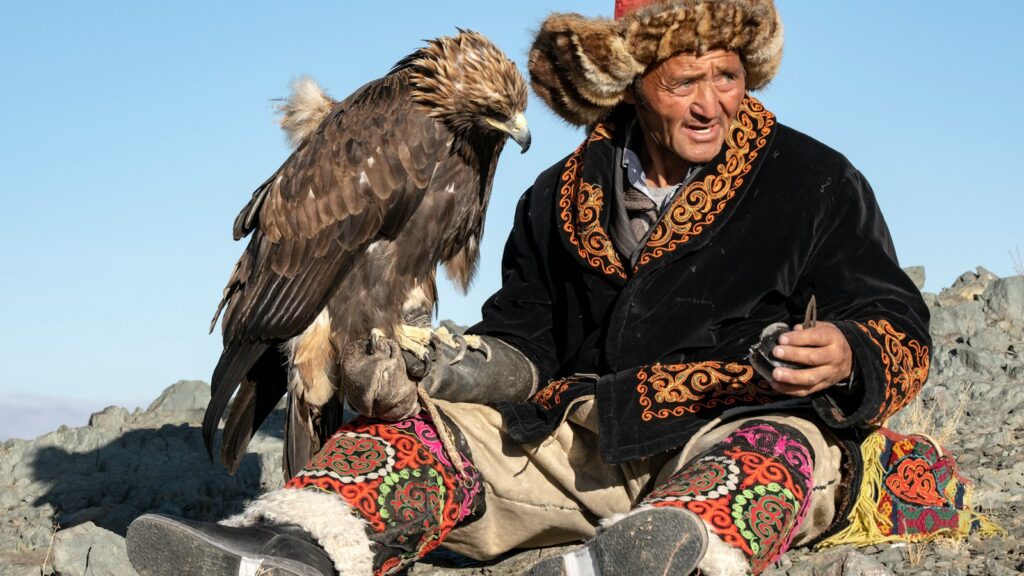
The shepherd-raptor relationship stands as a powerful reminder that the boundaries between the human and natural worlds are more permeable than modern society often assumes. These partnerships—developed through centuries of careful observation, mutual adaptation, and respect—offer profound insights for our contemporary relationship with wildlife. In an era when conservation often focuses on separating humans from nature, the shepherd-raptor bond demonstrates another possibility: that humans can be integrated, positive participants in ecological communities. As we face unprecedented environmental challenges, perhaps these ancient relationships contain wisdom we would be wise to heed—showing us paths toward coexistence rather than conflict, cooperation rather than control, and partnerships rather than exploitation of the natural world.
